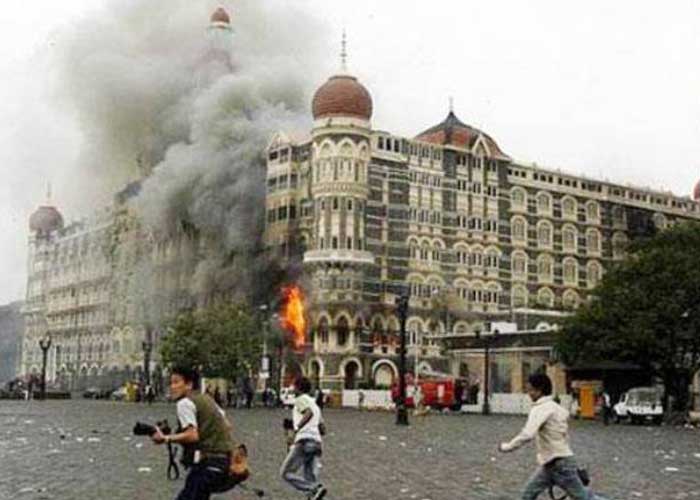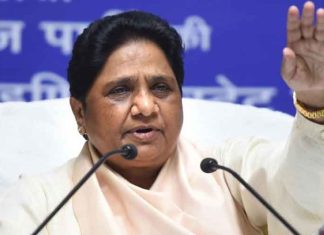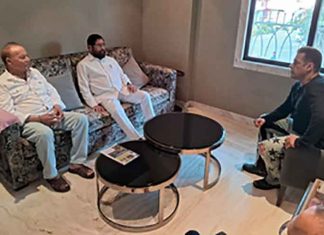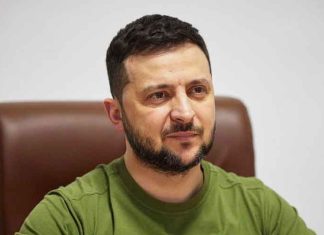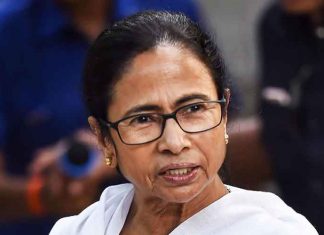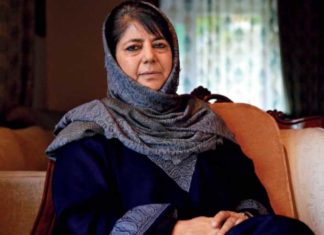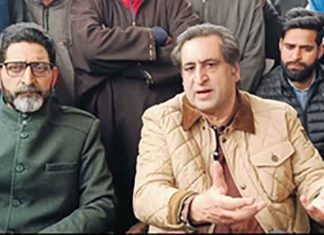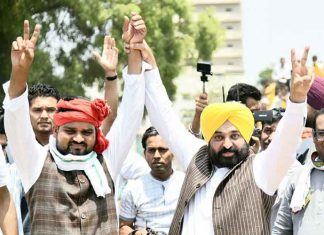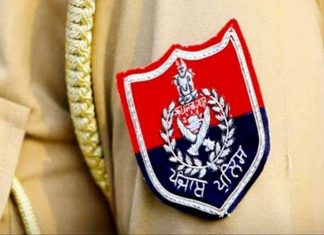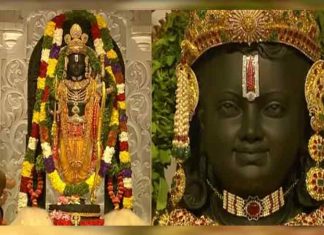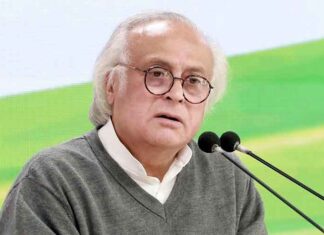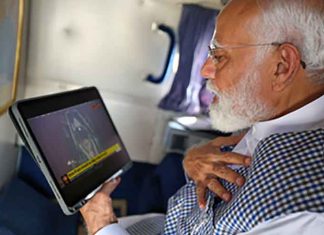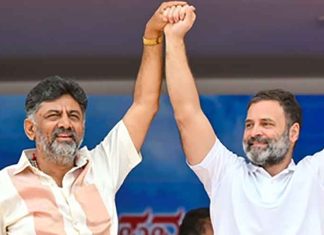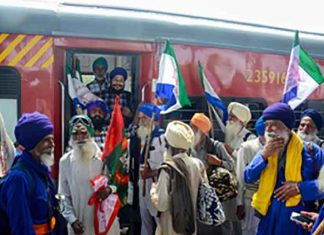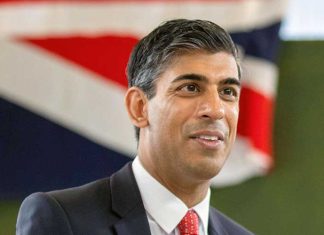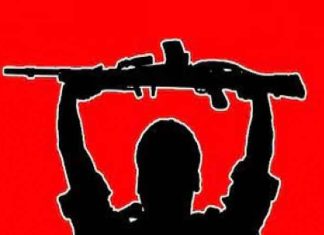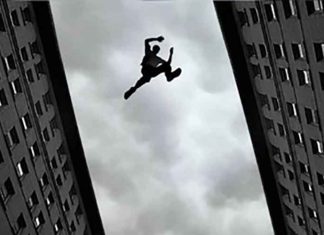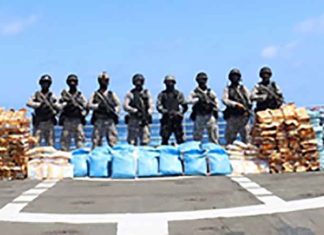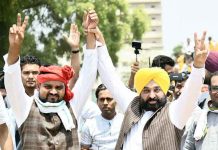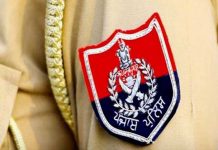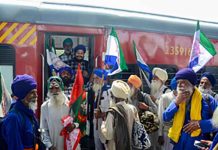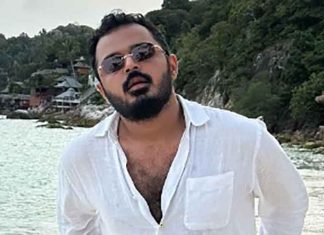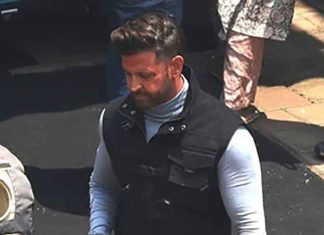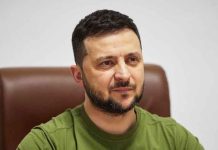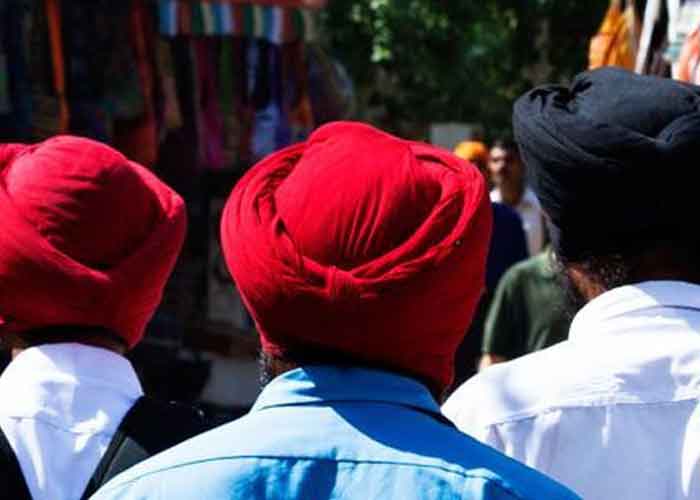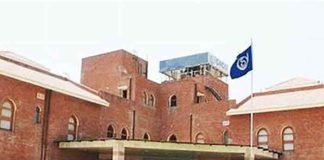New Delhi, Nov 26 , 2019-
As many facts related to 26/11 attack in southern part of India’s financial capital are known, the National Investigation (NIA) agency investigators said Major Iqbal and Major Sameer Ali of Pakistan’s Inter-Services Intelligence (ISI) spy agency played crucial role in the terror attack operationalised by LeT.
They are among those nine named in the NIA chargesheet which was filed in Delhi’s Patiala House court almost three years after the 26/ 11 attack.
According to an NIA investigation into the 26/11 case, they plotted the strikes on Mumbai by sending in a US citizen to India for reconnaissance of targets in Mumbai and later sent in a group of terrorists by sea to India’s financial hub on the west coast.
The two Pakistani officers remain just names with India not having any further clue of their identity or photographs.
The names of LeT founder Hafiz Saeed, mastermind of the attack Zaki-ur-Rehman Lakhvi, and the two officers of Pakistan’s ISI are categorically mentioned in the NIA chargesheet too.
Others named in the chargesheet are David Coleman Headley, the American who was later arrested by the US and is currently in a jail there. Headley’s confidante Tahawwur Hussain Rana, a Canadian citizen and Pakistani army deserter, and HuJI commander Illyas Kashmiri are among others named in the document.
The NIA had registered a case against Headley and Rana on November 12, 2009.A
Headley’s handler Sajid Malik and former Pakistani army officer Abdul Rehman Hashmi were also named in the NIA chargesheet.
Investigators said the ISI operatives hatched the conspiracy in or around “2005” by LeT and HuJI leaders such as Saeed, Lakhvi and Kashmiri.
Their role came to light when the NIA interrogated Headley in 2010 in which he had provided the details of his Mumbai visits, financed by Major Iqbal, for reccee of potential targets.
Following each trip, the video and photographs were provided to his ISI handlers.
Rana was providing material and financial support to Headley for carrying out the terror attacks on Mumbai and Denmark.
The Pakistani-American jihadist, Headley (original name: Daood Gilani), was arrested in October 2009 for planning a Mumbai-style terrorist attack in Denmark. While in US custody, he claimed that he had been an informant of the American Drug Enforcement Agency, tasked to infiltrate the criminal underworld in Pakistan.
Headley had the advantage of his Caucasian looks, American upbringing and accent and US citizenship, however, Rana had the benefit of a network which he had developed while running an office and doing business for an immigration consultancy in Chicago which was the major plan of the ISI operatives to save them of coming into the radar of Indian agencies, said an investigator.
Headley undertook several trips to Mumbai over the course of three years, beginning in 2006 and continuing until after the 26/11 attack.
It was due to his reconnaissance videos and photographs that LeT was able to plan and rehearse for a precision-strike, said the investigator.
It was also learnt that the NIA had registered a case against Headley and Rana before the larger part of the conspiracy was revealed.
As per their plan Rana was tasked to visit India on November 13, 2008, and then asked to leave Mumbai five days before the 26/ 11 attack.
The investigators consider the information relvant in context of the November 26, 2008 night attack which occured eleven years ago on this day when 10 heavily armed Pakistan-based terrorists sailed into Mumbai and unleashed a wave of violence in the city that left around 160 people dead, including more than a dozen police officers, and hundreds injured.
They struck several targets in a series of co-ordinated attacks, the Taj Mahal Palace hotel, Chhatrapati Shivaji Terminus railway station, Leopold Cafe- a popular restaurant among tourists and Nariman House- a Jewish cultural and religious centre.
The ten hand grenade lashed amd Kalashnikov assault rifles wielding terrorists — belonged to Pakistan-based terrorist group Lashkar-e-Taiba (LeT) attacked Mumbai.
The dramatic scenes were beamed live on television as commandos battled the heavily armed gunmen and guests tried to escape out of windows using bed sheets.
Nine of the 10 terrorists were killed, and one was arrested.
The arrest of this gunman, whose name was Ajmal Kasab, was a game-changer as India, for the first time, had captured a participant in a suicidal attack with high interrogation value, said another investigator.
Following the attack, suspicion swiftly focused on LeT, a vast jihadist group based in Pakistan.
Although notionally banned by the Pakistani government since 2002, LeT held ostentatious fund-raising rallies and operated urban recruitment centres without any official interference. (Agency)



